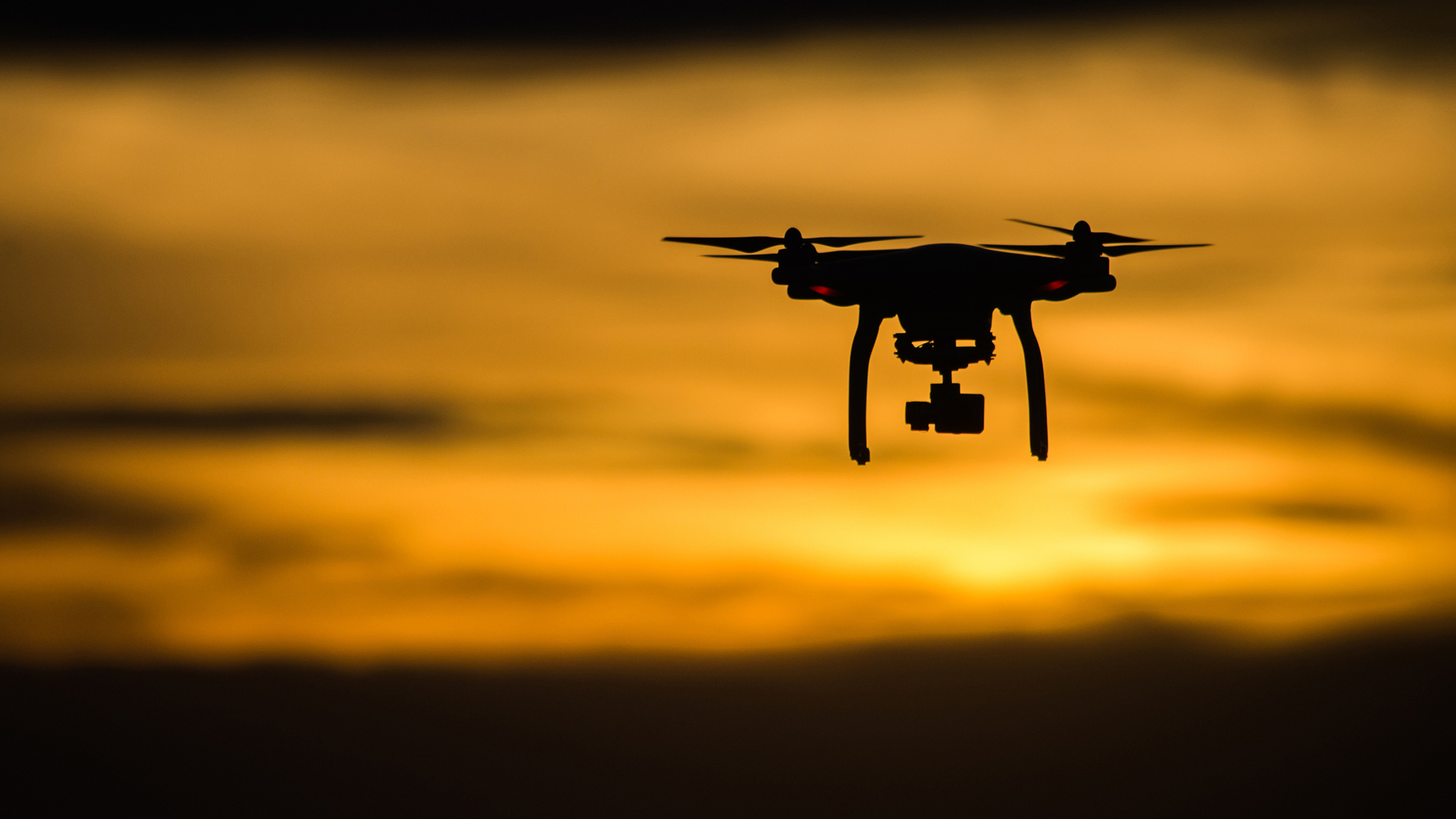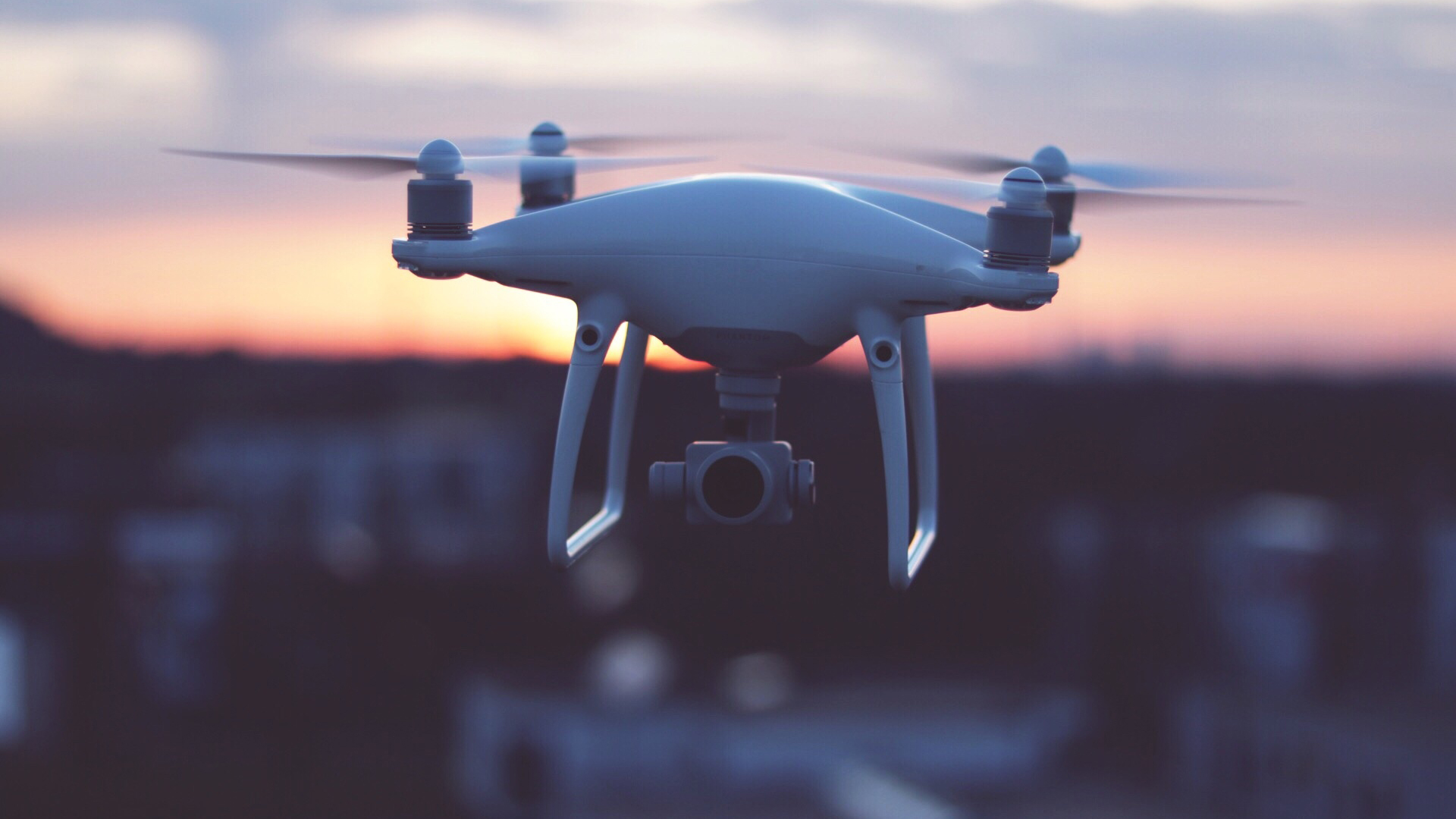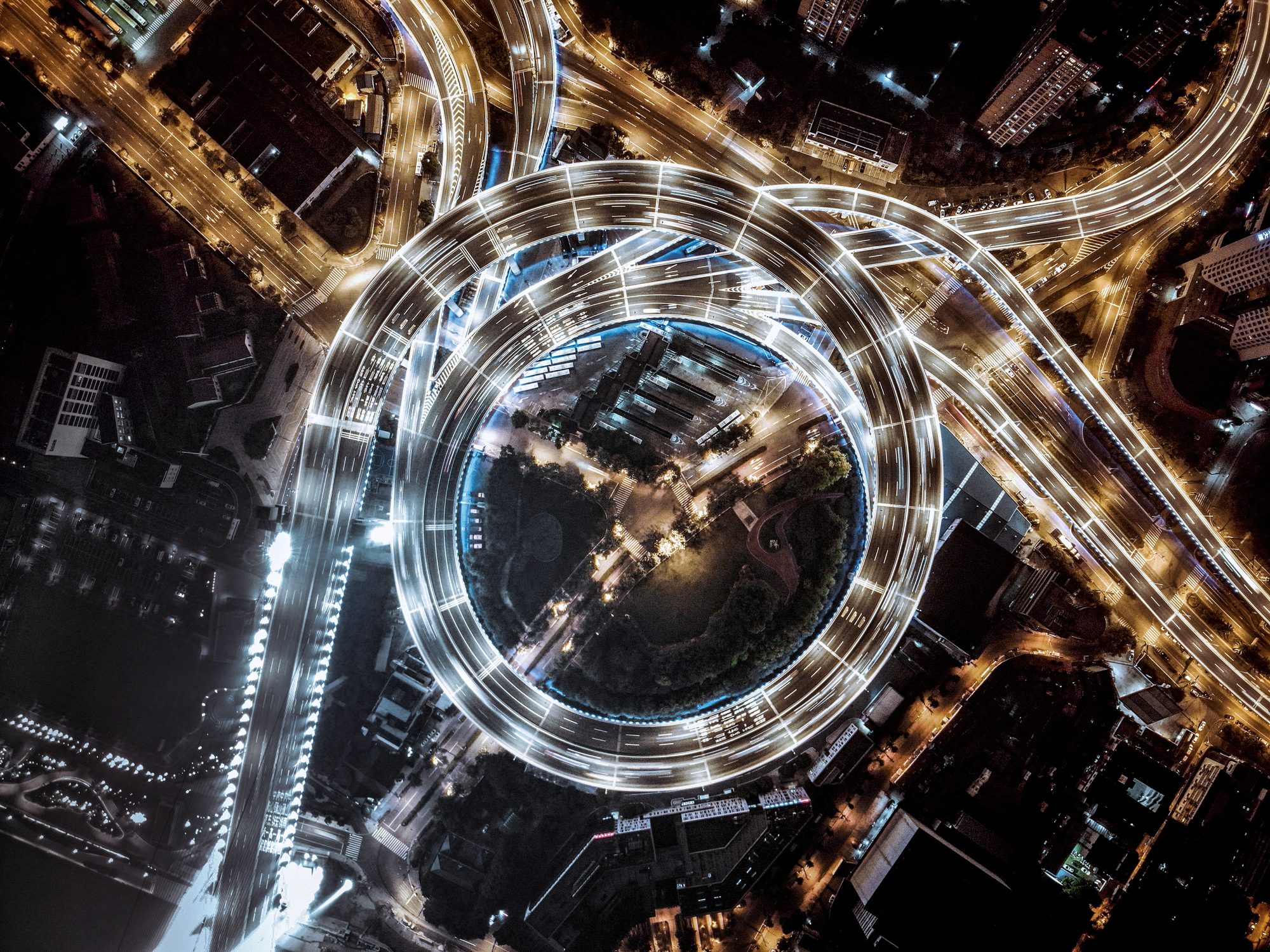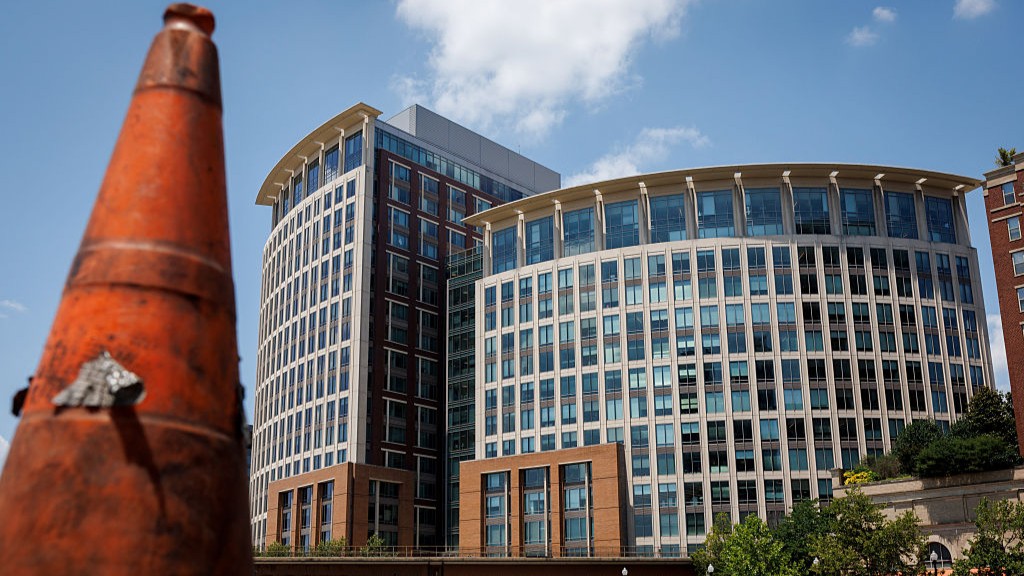Can you fly a drone at night?
Flying a drone at night can produce some outstanding night time photography, but it's important to be aware of the law and guidance

Can you fly a drone at night? Simply put, yes you can. But, there are different rules and regulations depending on what your purpose is for flying your drone and where you choose to fly it. We've written about general drone regulations before, but there are special rules if you want to fly a drone once the sun has gone down.
The rules for night-time flying have changed over the years and in April 2021, the FAA (the Federal Aviation Administration) revealed the latest guidance on night-time flying that removed some of the extra stipulations there once was, such as additional waivers.
This is good news, as it means it should be easier for you to take your drone out in the evening. There are still some rules in place those, although these vary depending on whether or not you're flying for purely recreational or commercial purposes. We’ve outlined all the details in the following guide.
Basic rules for flying a drone at night
Below, we'll go into more details on what specifically you need to do in order to be able to fly a drone at night. But if you're after the abbreviated version, here is a short list of everything you'll need to know:
- Your drone must be registered with the FAA
- Your drone must be equipped with anti-collision lighting
- You must fly your drone safely and within the FAA’s guidelines
- You must comply with the FAA’s training and testing requirements if you're flying for commercial purposes

Anti-collision lighting
Alongside a drone that meets FAA’s requirements for safe flight, when it comes to night-time flying, you’ll also need to have anti-collision lighting that's visible from three miles away. This lighting must be mounted on top of the drone and must also have a sufficient flash rate to avoid a collision.
We recommend something like the Lume Cube STROBE Anti-Collision Light, which comes in at around $40, is compatible with any drone, and most importantly, adheres to the FAA’s guidelines.
Training and licenses
Yes, if you are a commercial pilot, you are required to carry out specific training and testing of the FAA’s exacting standards.
If you’re flying for recreational purposes, you don’t need any special training or have to meet any special requirements apart from being equipped with lighting that the FAA states, “allows you to know its location and orientation at all times.”
That said, the FAA does recommend that recreational fliers also take the the Recreational UAS Safety Test, to get acquainted with some safety basics, then carry round the corresponding certificate when you're out and about with your drone.

For commercial pilots, the current guidelines state that you need an up-to-date Part 107 Certification, either obtained for the first time through passing an initial knowledge test and then a night flying training module from the renewal exam. Or, if you’ve already got your Part 107 Certification, you need to complete the new recurrent training and exam via the FAAST website.
Alongside the training certification, you’ll also need airspace authorization to fly in controlled airspace under 400 feet. For now, this means getting two authorizations from LAANC (Low Altitude Authorization and Notification Capability) - one for daytime and a national one that extends daytime usage into night-time operations.
If you’re flying above the ceiling of the UAS Facility Maps, you’ll need to go to the FAA DroneZone for your authorization.
Best practices for flying a drone at night
The above outlines what you need to do to legally fly a drone at night - but there are some safety basics and common sense tips that you should abide by, too.
- Mark your drone on the outside with the registration number and carry proof of registration with you
- Plan your flying pattern - be sure to check out your flight zone in the daytime so you can understand the area better and assist with navigating it at night-time
- Whilst your drone needs onboard anti-collision lighting, it wouldn’t hurt if you also took additional lighting such as a flashlight to help you set up
- Make sure you stay within the boundaries of the authorization - as mentioned you cannot exceed the ceiling from the LAANC certification, so it’s best to work out what’s within your limitations
- Keep your drone within the visual line of sight - this will be more difficult at night and could help if you have another visual observer co-located physically next to you to keep eyes on the skies
- Be aware of your surroundings and your limitations when operating at night. It’s obviously different to the daytime and requires more vigilance and adjustment for narrowed vision
- It should go without saying, but it’s very important that you always, always operate your drone in a safe manner
Join our Space Forums to keep talking space on the latest missions, night sky and more! And if you have a news tip, correction or comment, let us know at: community@space.com.
Breaking space news, the latest updates on rocket launches, skywatching events and more!

Grace is a freelancer who started writing for Space.com since 2021. She's a huge fan of movies, TV, and gaming, and if she's not clutching her Xbox controller or scanning the streaming platforms for the next must-watch shows, you'll find her spending copious amounts of time writing about them on her laptop. Specialties include RPG, FPS, and action-adventure games as well as 80s sci-fi movies and book adaptations.
